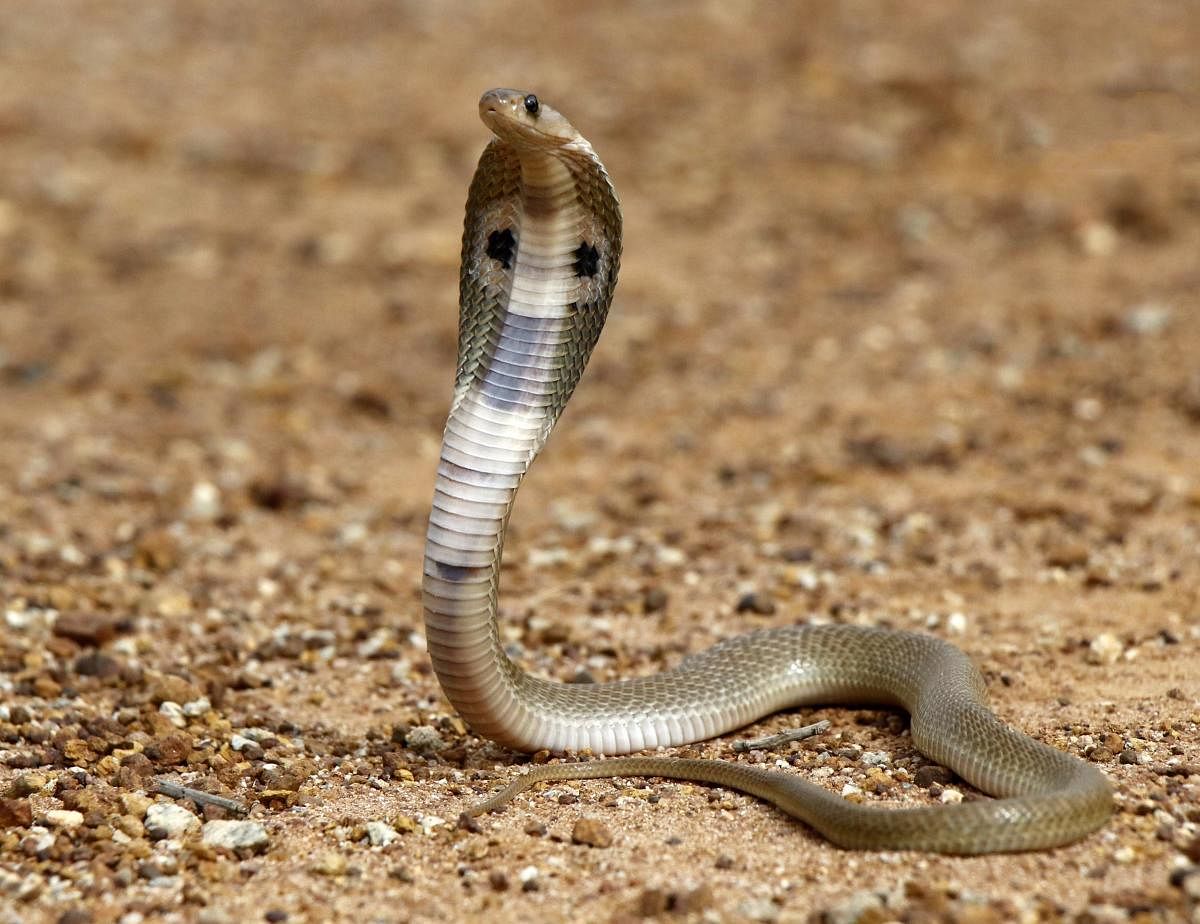
Each year an estimated 50,000 Indians are killed by snakebites as rural India struggles to get the adequate amount of antidotes and trained hands to tackle one of the commonest-but-neglected public health worries.
The reason for such high mortality range from delayed or non-arrival of the victims at the health centres within six hours, shortage of anti-venom and inadequate care provided at the health centres, says a report published on Wednesday in The BMJ, one of the world's most prestigious medical journals.
“Delayed treatment can be fatal, especially beyond six hours after the bite. In many parts of South Asia, only half of the patients reach a health centre within six hours of a bite with the bite-to-treatment delay being as long as 12-15 days in some cases. Nearly 97% of snakebite deaths in India occur in rural areas,” says Ravikar Ralph, an associate professor at the Christian Medical College, Vellore and one of the authors of the report.
The numbers quoted in the BMJ report are far less than official figures. According to India's latest National Health Profile (published in 2018), there were 1,78,433 and 1,42,366 snakebite cases in 2016 and 2017 respectively with corresponding death figures of 1,063 and 948.
“There are under-reporting of snakebites in India. The official figures are based on hospital data while not many snakebite victims reach even a health centre,” Ralph told DH.
The only pan-Indian estimate of snake bite deaths was carried out almost eight years ago by an international team of researchers led by Prabhat Jha from the University of Toronto, as a part of his Million Death Study. It puts the annual death estimate at 50,000 in 2005.
According to the World Health Organisation, globally there are five million cases of snakebites each year leading to 81,000-138,000 deaths and 400,000 amputations. Because of such staggering numbers, the global health agency in 2017 recognised snakebite as one of the neglected diseases that require more policy initiatives, funding and research.
India has an estimated 2.8 million snakebite cases cumulatively, says the WHO. In India, around 90% of snakebites are caused by the 'big four' among the crawlers - common krait, Indian cobra, Russell's viper and saw scaled viper.
Inadequate treatment is a key factor behind such a high death toll. Snakebite management is not given enough focus in the medical curriculum and health workers in remote areas are reluctant to treat snakebite cases as they are afraid of managing anti-venom associated adverse reactions, says the report.
“Snakebite, responsible for a significant number of death and disability, is a neglected tropical disease and requires attention. Government scientific agencies have recently taken initiatives to explore the geographical variation in snake venom composition in India, drug development from snake venom, and improvement of potency and quality assessment of commercial anti-venom,” commented Ashish K Mukherjee, a scientist at the University of Tezpur, who researches on snake venom but not associated with the BMJ report.
The snakebite report is the part of a BMJ series on neglected diseases that leads to significant mortality and mortality in India, but received little attention from the government.
